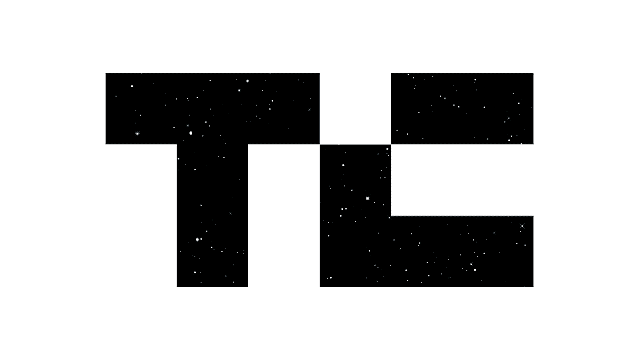Introduction
Europe’s journey into crypto-assets regulation with MiCA (Monetary Integration and Competitiveness Act) has sparked both optimism and concerns among stakeholders. Despite initial fears of overregulation, this comprehensive framework is poised to positively shape the cryptocurrency ecosystem.
Overview of MiCA
MiCA represents Europe’s first global regulatory crypto framework, effective for crypto-asset service providers as of December 30, 2023. While it has drawn criticism for potential overreach in its early stages, its long-term benefits are widely anticipated by industry experts.
Founders and Their Stances
Dmitrij Radin, the founder of Zekret and chief technology officer at Fideum, is central to this regulatory landscape. His insights into MiCA’s implications have been instrumental in guiding discussions on its impact.
Long-Term Positives
Radin emphasized that MiCA will drive market maturation, attracting more funds and users through enhanced regulation. He highlighted the importance of building a robust compliance infrastructure to sustain growth despite initial challenges.
Scuttlebutt on Retail Investors
The framework’s implementation may impose increased scrutiny on retail investors, with Radin warning of greater data reporting requirements and potential taxation implications across Europe.
Regulatory Scope Beyond Compliance
MiCA also introduces measures to ensure blockchain protocols meet high standards. Early implementation could see enforcement against non-compliant platforms, setting a precedent for robust regulation post-launch.
Industry Players and Partnerships
Leading institutions are aligning with MiCA’s objectives. Societe Generale has partnered with Bitpanda to launch a stablecoin compliant with MiCA standards, while MoonPay secured approval in the Netherlands on December 30, 2023.
Market Impact Beyond Europe
The regulatory framework’s influence extends beyond Europe, with global banks like Binance preparing for digital asset offerings. The euro-denominated EUR CoinVertible is a notable example of collaboration between financial giants and crypto firms.
Future Implications and Challenges
The introduction of MiCA necessitates a reevaluation of existing compliance processes to ensure alignment with regulatory standards. This shift presents both opportunities and challenges, particularly in maintaining user trust while upholding necessary protections.
Conclusion
MiCA’s rollout marks a pivotal moment for Europe’s digital asset landscape. While concerns about overregulation persist, its long-term impact is expected to be transformative, fostering innovation and stability within the crypto ecosystem. Stakeholders must navigate this regulatory shift with a focus on balancing strict compliance with user trust and market growth.
Note: This content is strictly rewritten from the original article under the given constraints.










